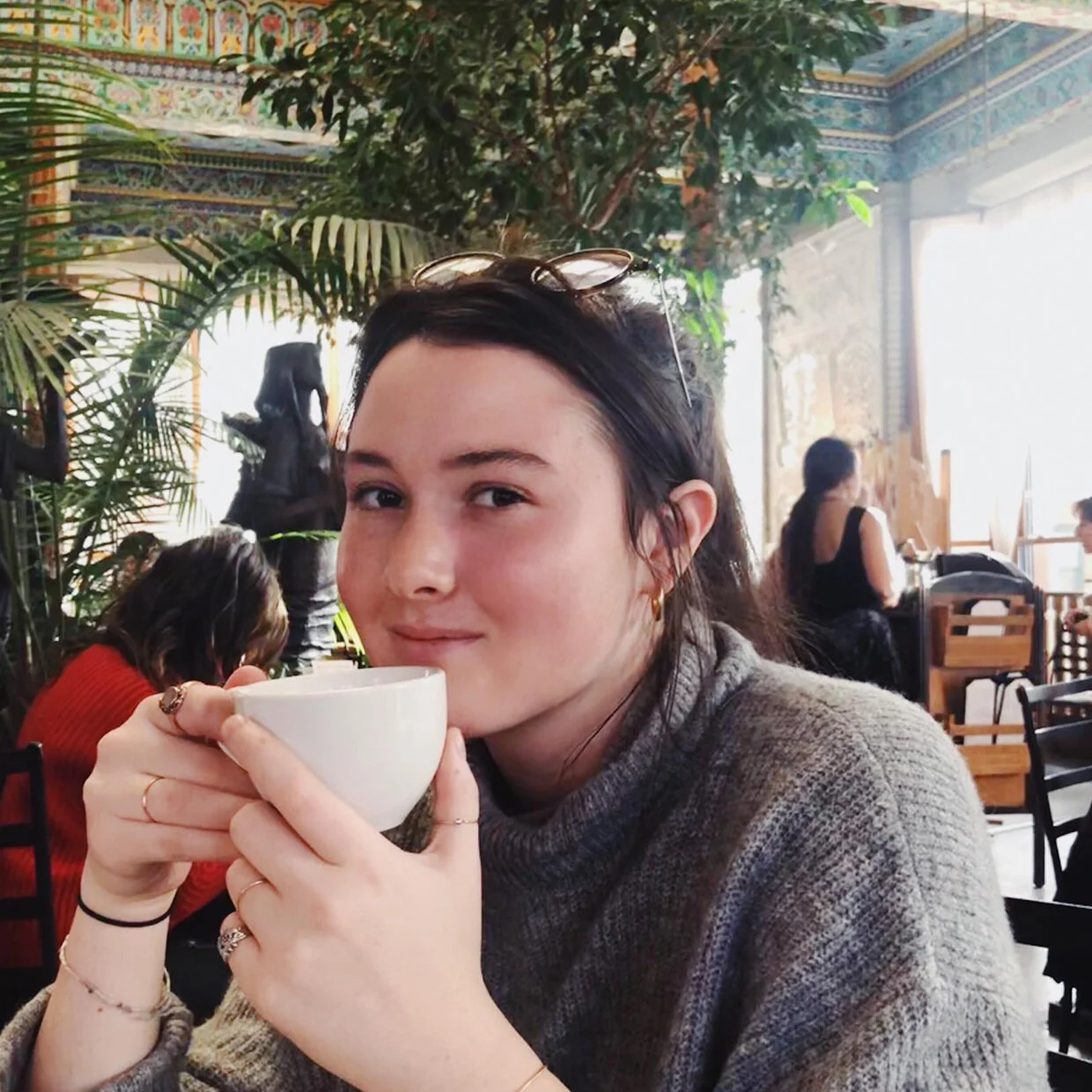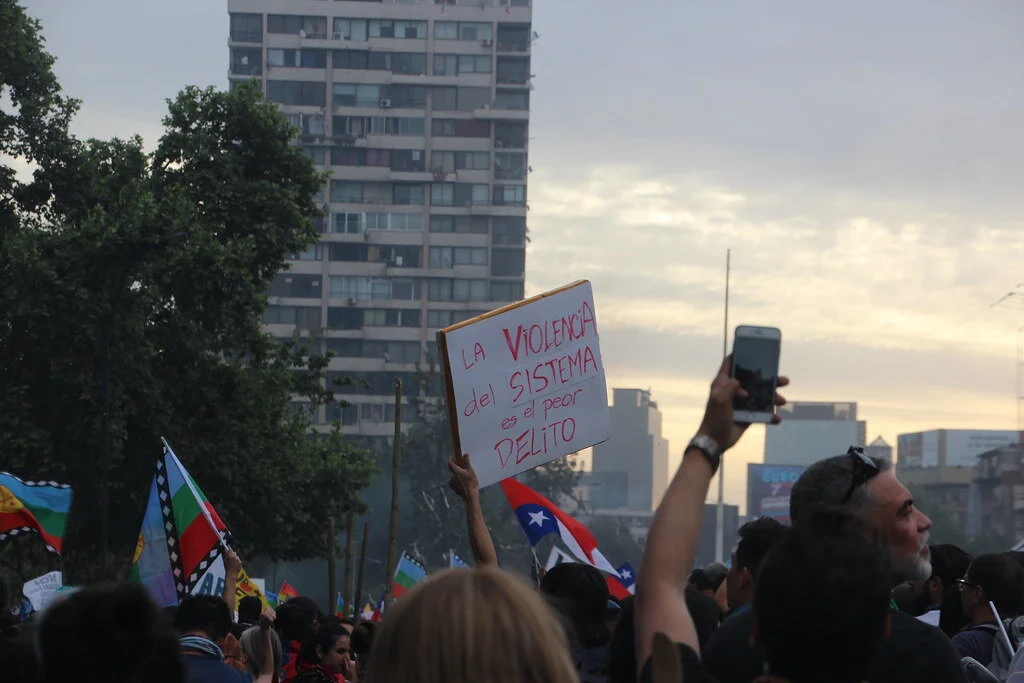The story of human rights lawyer Willie Kimani’s murder by police officers has sparked a larger conversation about police brutality in Kenya.
Rally against police brutality. Wa-J. CC BY-NC-SA 2.0.
Willie Kimani, a 32-year-old human rights lawyer, was brutally murdered by police alongside his client Josephat Mwenda and their taxi driver in 2016. All three men had their bodies disposed in the Ol-Donyo Sabuk River outside the capital of Kenya by police officers who found themselves in the crosshairs of Mwenda’s litigation. Police officers Fredrick Leliman, Stephen Cheburet, Sylvia Wanjiku and police informant Peter Ngugi were all found guilty this year of the murders, a whopping six years after the crime.
Mwenda accused officer Fredrick Leliman of shooting him at a traffic stop in 2015, BBC reports. Kimani had been working for the International Justice Mission (IJM) when he picked up Mwenda’s case, IJM being an organization dedicated to punishing human rights violations through litigation.
Police officers in front of Kenyan station. JRandomF. CC BY-NC 2.0.
Officer Leliman started threatening Kimani and Mwenda during the proceedings of the case in 2016 and had even detained Kimani and Mwenda, after court appearances for fabricated reasons. The detainments were an abuse of power, and though Kimani and Mwenda were released, they were not protected against the wrath of the Kenyan police force for much longer. The murders of Mwenda and Kimani occured shortly after in June.
Peter Ngugi, the police informant, stated in court that after they committed the crime, Leliman hosted Ngugi and the police officers for “beer and 5kg of fried beef”, at a bar in Mlolongo to celebrate.
The case of Willie Kimani sparked outrage in Kenya. Protests formed over the murders, even leading a mob of angry citizens to burn the police station that employed the officers responsible.
Police medal ceremony. AMISOM Public Information. CC0 1.0.
But this is not the first big tragedy at the hands of Kenyan police. During the pandemic, police officers in Kenya had been said to beat and kill civilians just for breaking curfew. In 2017, a boy no older than 16 was shot and killed after surrendering to police officers. NPR reports that although the young boy pleaded for his life, a police officer shot him twice.
Stories like Willie Kimani’s murder have ignited demands for police reform, but due to the overtly oppressive nature of the Kenyan police, many who protest fear for their lives. In a country where you need to plead to be arrested rather than killed, it takes bravery to stand up and fight for what is just. Extrajudicial killings occur often in Kenya; in 2020, Missing Voices Kenya reported that “police killed or disappeared 167 people”.
Many countries struggle with police brutality and the systems in place that perpetuate such abuses of power. In Kenya, many think the violence is a result of colonial influence on structures of policing policy. After Kenya gained independence, influences on the police force were already hardened into place.
During the colonization of Kenya, British imperialists created a bifurcated policing force in Kenya based on settlement segregation. Because white colonizers lived separately from Kenya’s native people, certain Kenyans were given policing power over other natives in their area. In martial-law structures such as the Home Guard, these officers were given authority over their own people.
These police forces, however, lacked basic structure, and officers had few limitations to their power. After Kenya’s independence, the lack of structure and rules created systemic issues for future police forces. Foundationally, policing was enacted on the grounds of violence, of oppressive force and of hierarchical power disparities that related to inherent class structures between colonizers and the colonized. A structure without limitations on violent policing led to modern-day overt shows of power and cops who, as Sapiens puts it, “operate outside formal avenues of accountability”.
The history of Kenyan policing, the colonial influence on the structure and the systemic issues that weaken the foundation of policing are all problems being debated globally today. Kenya still sees the effects of colonialism in the practices of its police officers. However, protests in Kenya still occur in the face of likely consequences, and the Kenyan people fight to ensure a greater future for those like Kimani and Mwenda.
To Get Involved
Organizations like Article19 help protect the rights of Kenyans to protest, even against the oppressive forces of the police. In their #FreetoProtest campaign, Article19 fights hard to ensure that protesters in Kenya are free to practice their human right to protest in the face of violent police retaliation. To learn more about their mission and campaign, click here.
Willie Kimani worked for the International Justice Mission (IJM), a legal organization that works to fight human rights violations across the globe. They actively fight against police brutality and killings at the hands of law enforcement. To learn more about the work IJM does to fight police brutality, or to donate to their organization, click here.
Ava Mamary
Ava is an undergraduate student at the University of Illinois, double majoring in English and Communications. At school, she Web Writes about music for a student-run radio station. She is also an avid backpacker, which is where her passion for travel and the outdoors comes from. She is very passionate about social justice issues, specifically those involving women’s rights, and is excited to write content about social action across the globe.
























